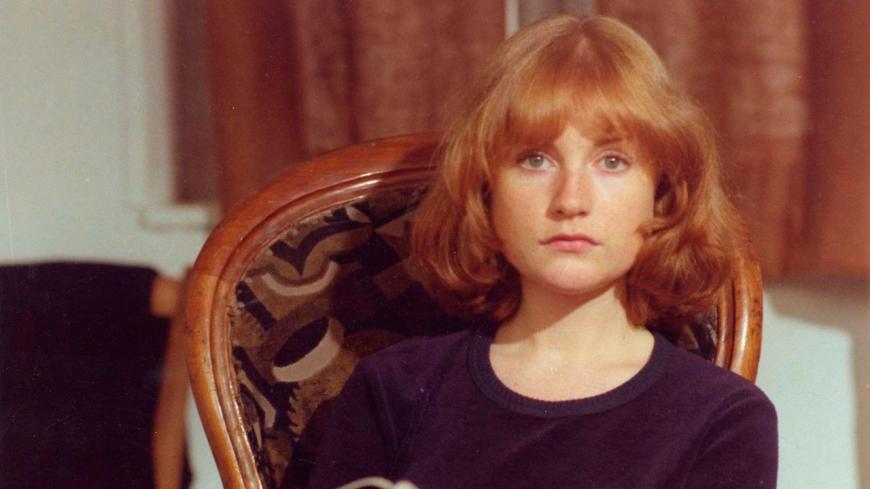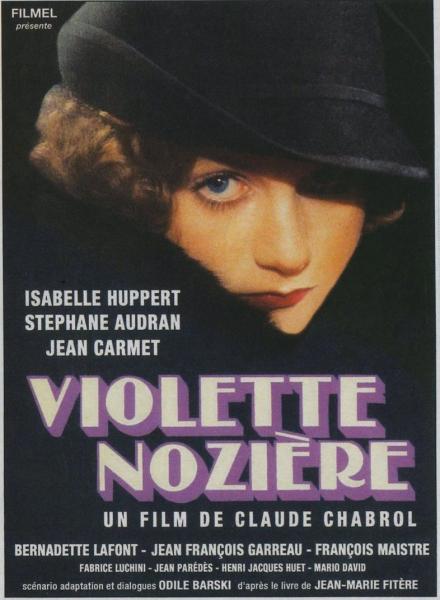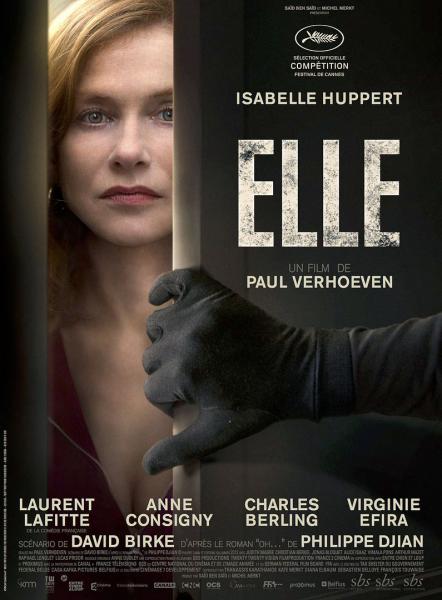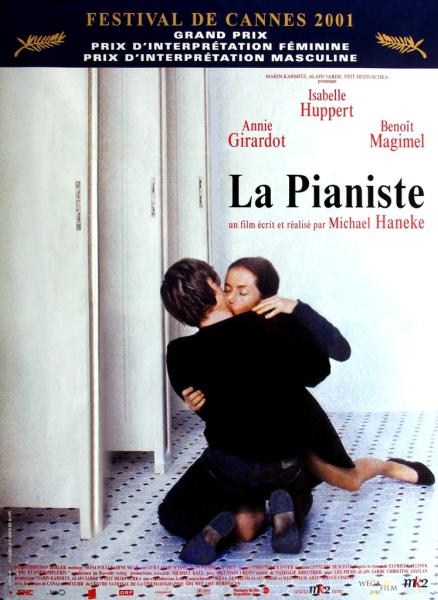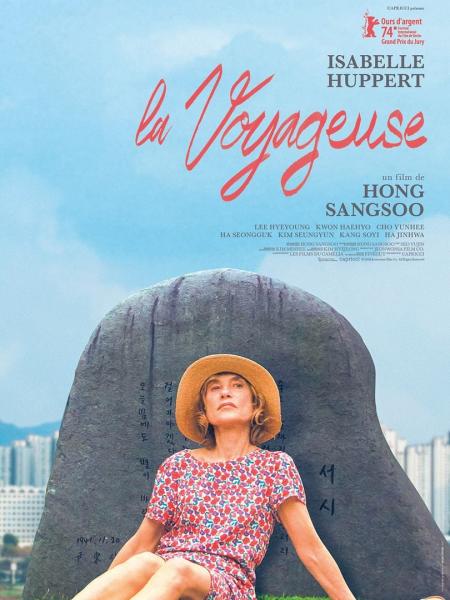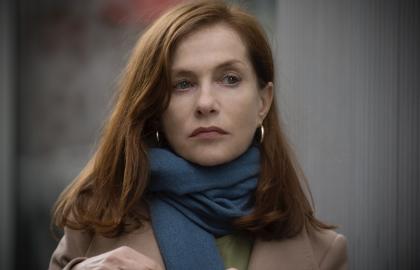A multi-award-winning artist, Isabelle Huppert has vigorously pursued a dual career in film and theatre on the international scene. Since her debut alongside Jacques Brel in The Bar at the Crossing, she has worked with Claude Sautet, Bertrand Tavernier, Jean-Luc Godard, Michael Haneke, Paul Verhoeven, Maurice Pialat, Hong Sang-soo, Michael Cimino and of course Claude Chabrol, with whom she has collaborated on seven films. In the theatre, she has brought to life characters by Robert Wilson, Claude Régy, Luc Bondy and Romeo Castellucci. As an actress she is elusive, mysterious, sometimes stern, sometimes light-hearted. We project onto her much more than we actually know about her. She is said to be intimidating, but those who meet her remark on her openness and humour.
Letting cinema speak
“Cinema is a language that you have to know how to hear and listen to. Then you come to understand it. But I don’t think you have to understand everything about what you’re doing — in fact, that’s a very good thing. When I make a film or act in a play, it’s like an experiment to me. It gives me a lot of freedom,” said Isabelle Huppert to Eva Bester on the radio station France Inter in January. In her opinion, “cinema needs no explanation, no words. It’s a language that develops in the moment. The here and now.” This position is all the more intriguing given that the actress is coming to talk to us about film. She will be presenting her State of Cinema at Bozar in November. For the past eight years, Sabzian magazine has invited a well-known figure to write a text and choose a film that resonates with it — it’s an invitation to reflect on what cinema can or should mean. Isabelle Huppert has chosen to present Fallen Leaves (2023) by Aki Kaurismäki. Winner of the Jury Prize at the Cannes Film Festival, this tender tragi-comedy is the unexpected fourth part of Kaurismäki’s working-class trilogy (Shadows in Paradise, Ariel, The Match Factory Girl). It’s a coherent choice for an actress who prefers to engage with works of art rather than explain them.
Isabelle Huppert in five cult films
- The Lacemaker (1977) — Her breakout role. Directed by Claude Goretta, this portrait of a shy, hypersensitive young working-class woman left Huppert as a lasting imprint on our collective memory.
- Violette Nozière (1978) — Her first collaboration with Claude Chabrol, this film is based on a true story from the 1930s. Isabelle Huppert plays the young woman accused of parricide and won the Best Actress prize at the Cannes Film Festival.
- The Piano Teacher (2001) — Directed by Michael Haneke, Huppert plays Erika Kohut, a piano teacher in Vienna whose secret life reveals an overwhelming pain. An unforgettable performance.
- Elle (2016) — Directed by Paul Verhoeven, she plays Michèle, a businesswoman attacked in her home, who reacts in a totally unexpected way. A chilling and fascinating thriller: she’s frightening, funny and a commanding presence.
- A Traveller’s Needs (2025) — A new collaboration with Hong Sang-soo, presented at the Berlinale. Huppert plays a role in her own image: free, weightless and unpredictable. The script, which was given out to the actors on the morning of the shoot, leaves plenty of room for instinct and improvisation.

